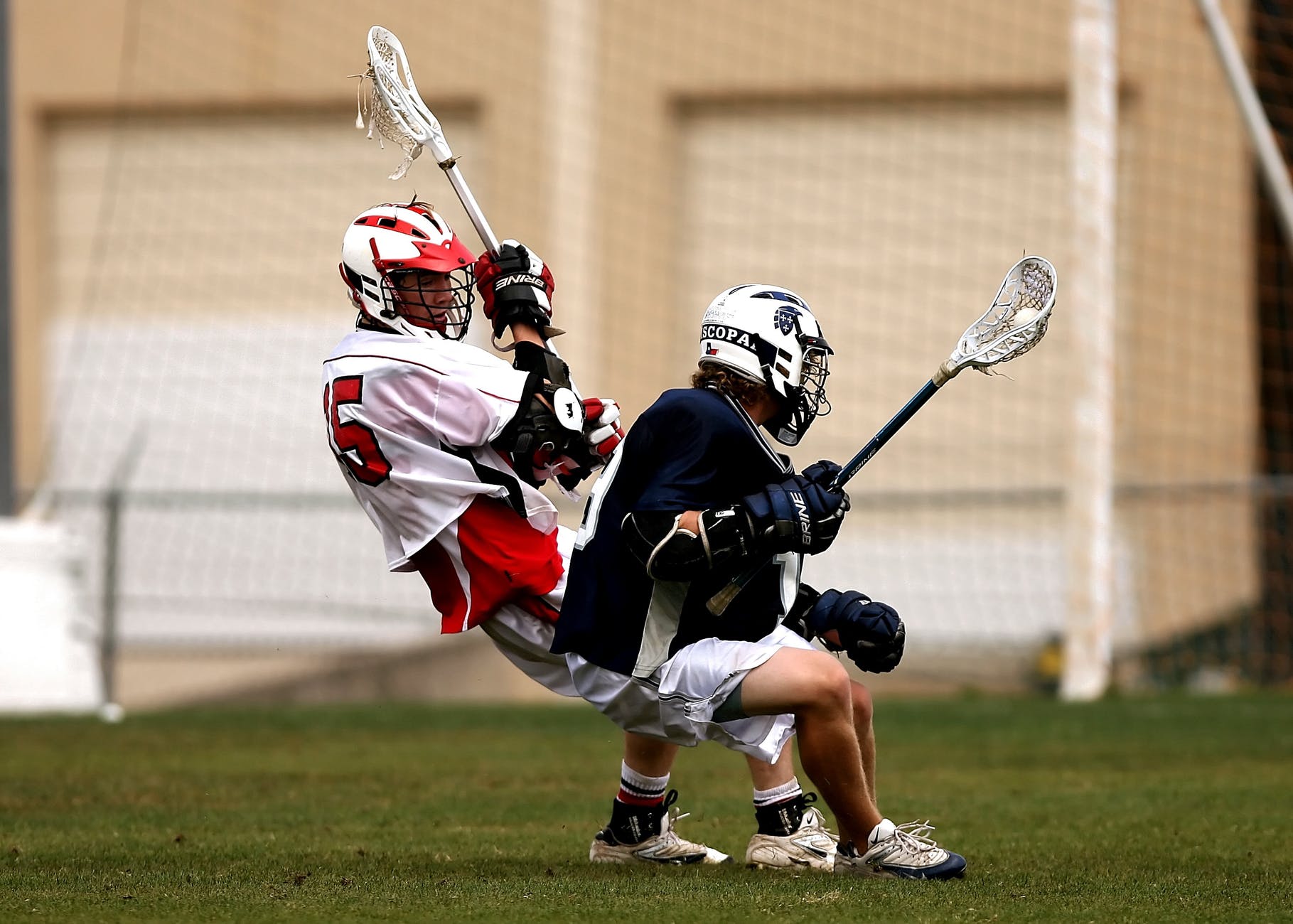Jul 26, 2018Putting on the Brakes
When planning an agility workout, you probably head to the storage closet and pull out cones and ladders. Chances are you also create drills that involve running or cutting to different lines on the court or field. While these are all useful exercises that build your athletes’ ability to change direction quickly, there is one aspect of agility that many coaches do not take into consideration — deceleration.
What is deceleration? In an article for Gopher Performance, Farmington (Minn.) High School Strength and Conditioning Coach Scott Meier describes it as a reduction in speed or the rate of decreasing velocity. While coaches want their athletes to be able to accelerate quickly out of a change of direction, being able to decelerate moving into the cut will make this change of direction faster. And the way that Meier builds this is not through the cones and ladders, but by building eccentric strength.
“There are two different ways that we…train for improving eccentric strength and deceleration,” wrote Meier. “One is through the use of jumping and landing. The other is in the weight room by emphasizing the eccentric phase of lower body weight training movements. From there we progress to isometric pauses in those same exercises.”
When implementing jumping and landing drills, Meier says the focus should be on landing softly and under control. He also emphasizes the importance of beginning your athletes with basic single jumps landing on both feet before moving to single leg drills that change direction or height. Here are some examples of drills that Meier uses to progress his athletes from level one to level three:
Level 1
- Vertical Jump-singles, land on both feet
- Box Jump (up)-singles, land on both feet
- Lateral Jump-singles, land on both feet
Level 2
- Vertical Jumps-multiples, land on both feet
- Box Step off to Vertical Jump-singles, land on both feet
- Lateral Jumps-multiples same direction, land on both feet
Level 3
- Vertical Jumps (90 degree turn)-multiples both feet
- Box Step off to Single Leg Vertical Jump-singles, land on one foot
- Lateral Jumps-multiples different directions, land on both feet
Also important is training isometrically and eccentrically in the weight room, which can then be carried over into change of direction and deceleration on the field of play. Meier begins with his athletes by focusing on the eccentric phase of the exercise. Athletes start by lowering the weight slowly and under control. Once they reach the bottom of their range of motion, fast concentric contractions occur.
“Secondly, lowering slowly increases the time under tension in the muscle while focusing on the same type of contraction used when decelerating to make a cut to change direction,” writes Meier. “Finally, following that with a fast concentric contraction helps to train the re-acceleration come out of the cut.”
Meier then has his athletes move into the isometric block, which lasts for two to three weeks. In this phase, athletes focus on decelerating quickly and pausing at the bottom of the range of motion. Like eccentric training, this first movement is followed by a fast concentric contraction. This process not only trains rapid deceleration and force absorption, but also rapid re-acceleration from a dead stop.
Check out this video from Meier to learn more about the eccentric and isometric phases of exercise, as well as to see some example exercises in motion, check out this video from Gopher Performance.




